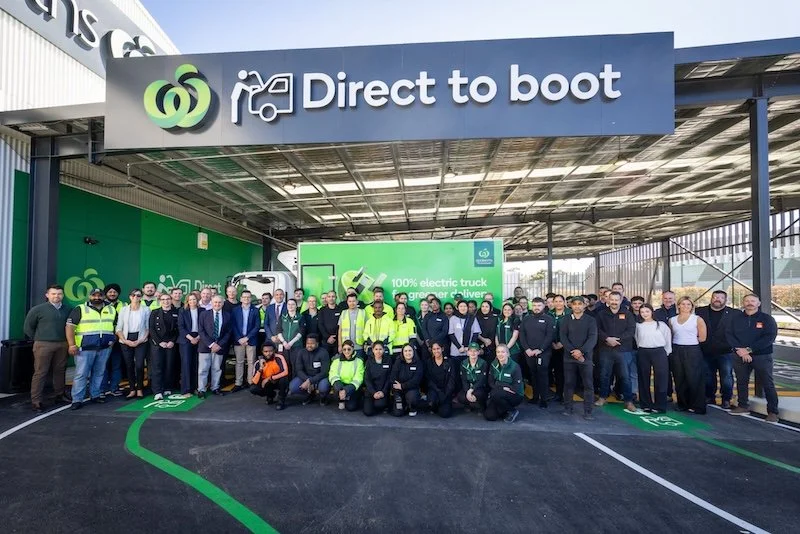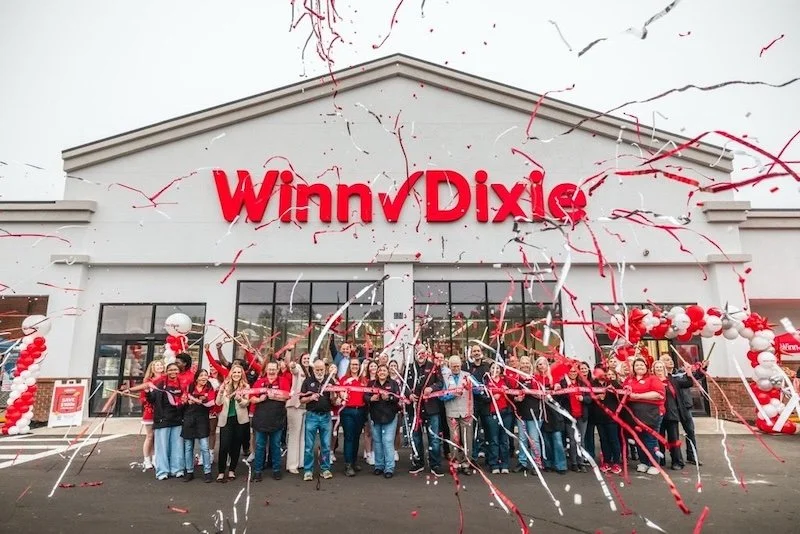The impact of coronavirus on e-commerce
This year has been one of challenge and change for retailers, with Covid-19 causing unprecedented demand on supply chains and high volumes of online sales.
Alongside this surge, retailers have had to implement safety measures and experienced a slowdown in supplies as other companies and countries do the same.
All of this has focused attention on the future of e-commerce and shown businesses the need for being prepared for periods of rapid change.
How has coronavirus affected e-commerce?
As many countries went into some form of lockdown early in the year and physical shops closed, customers turned to online shopping to get essential and non-essential goods. Just as retailers recovered from Christmas peak, they had to deal with a second peak with no preparation as ecommerce sales boomed.
Sales in April grew to 30.7%, double from the month before. It wasn’t just the UK struggling, as the global nature of the pandemic meant disruption across the whole supply chain. Stock ran out quickly and businesses who relied on supplies from other countries found themselves unable to get their orders fulfilled quickly.
The knock-on effect of this was that retailers found themselves unable to deliver products quickly, or not able to supply them at all. Competition was fierce, especially over certain products like home and garden, and exercise gear. Not being able to get products to customers quickly meant the difference between a sale, or customers turning to a competitor.
Not only did the supply chain cause issues for retailers, but carrier capacity caused problems with actually delivering the product. Due to demand, many carriers become overloaded and struggled to cope.
Retailers who relied on one carrier were left scrambling to find other carriers who could deal with extra demand. All of this resulted in unfulfilled, slow deliveries and unhappy customers.
Coronavirus also disrupted the returns process. Physical stores being closed during lockdown meant the option of ‘return to store’ became unavailable. Retailers had to form new returns policies and extend return times to account for the difficulty customers found in getting their products back.
How can retailers mitigate the issues experienced during coronavirus?
Whilst a surge in online shopping is usually a good opportunity for retail businesses, instead it became stressful and difficult to manage.
Businesses who had already invested in contingency plans for peak selling times were the ones who came out on top – experiencing little or no downtime when coronavirus hit. Those with better visibility across their whole supply chain were prepared for whatever happened – instead of struggling to fulfil orders, find new suppliers, and contract new carriers to manage capacity issues.
“This year has focused attention on the future of e-commerce and shown businesses the need for being prepared for periods of rapid change”
As we returned to some semblance of normal following the strict lockdown rules, some companies may not have changed their plans and supply chain management, expecting this sort of disruption not to happen again.
However, this is a risky strategy, especially with a second lockdown still a possibility. There is also no way to predict global changes or issues arising at peak times that could leave retailers with the similar problems.
It’s important for retailers to learn the lessons of the crisis. Investing in supply chain management and delivery strategy enables businesses to find quick solutions whatever happens. They can adapt quickly and easily. These are the companies that will continue to thrive instead of the stress and struggle of not being prepared.
Delivery contingency, whatever happens
When it comes to delivery and returns, customers have high expectations, and letting them down may mean they don’t shop with you again.
One of the key ways to ensure an uninterrupted delivery process, even in times of global change, is working with multiple carriers. If you experience problems with one carrier, or carriers are having issues with capacity, you need to be able to switch services quickly with no disruption to your processes or customer experience.
Working with multiple carriers, however, does involve more time, paperwork and management of relationships and contracts. With a delivery management partner like GFS you can get access to different carriers, save on costs, and easily switch based on capacity.
The complete technology package also helps you connect up different channels, website widgets to easily switch carriers, and full tracking and transparency over the whole delivery and returns supply chain. GFS Returns Pro also ensures a seamless returns experience for customers and different returns options.
Make sure you have the backup to recover from disruption quickly, the flexibility to adapt when delivery needs to change and secure the future of your businesses. Only by having the contingency in place can you make sure your businesses continues to thrive and grow sales, whatever happens.










Continue reading…